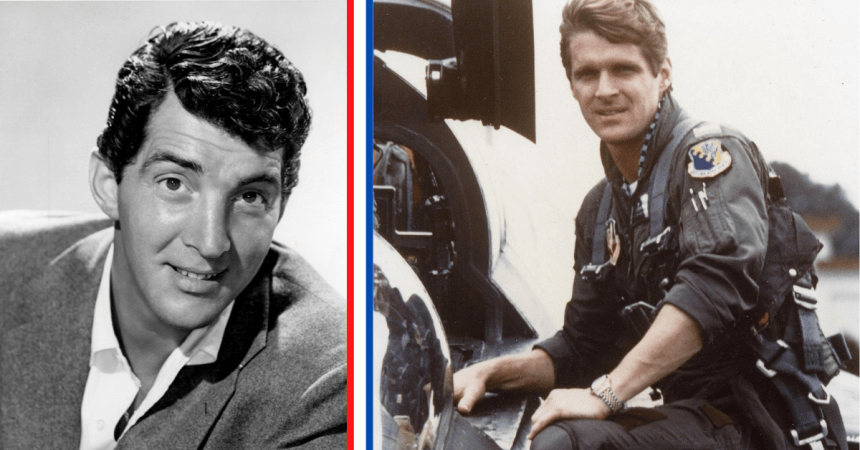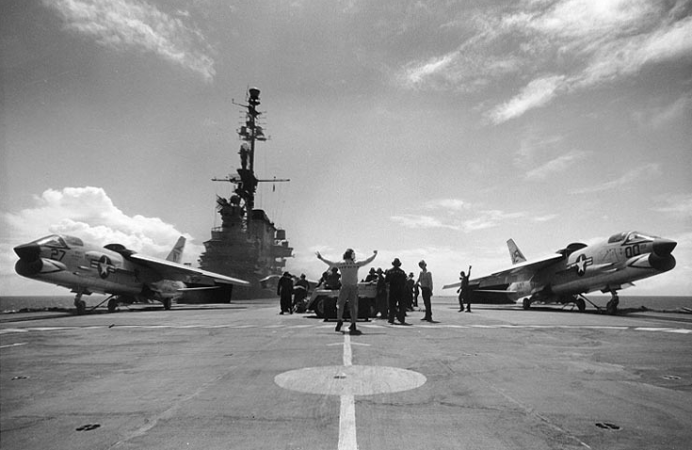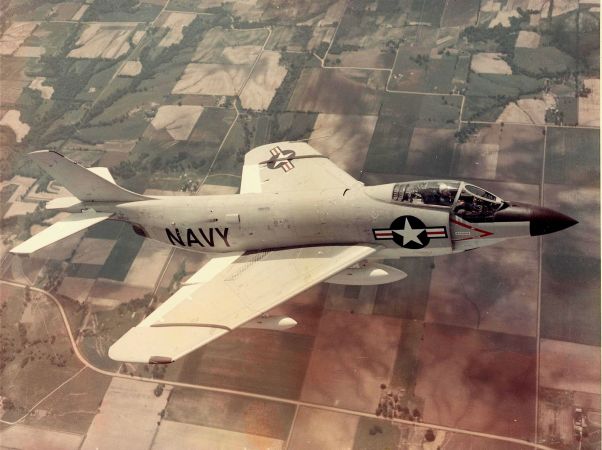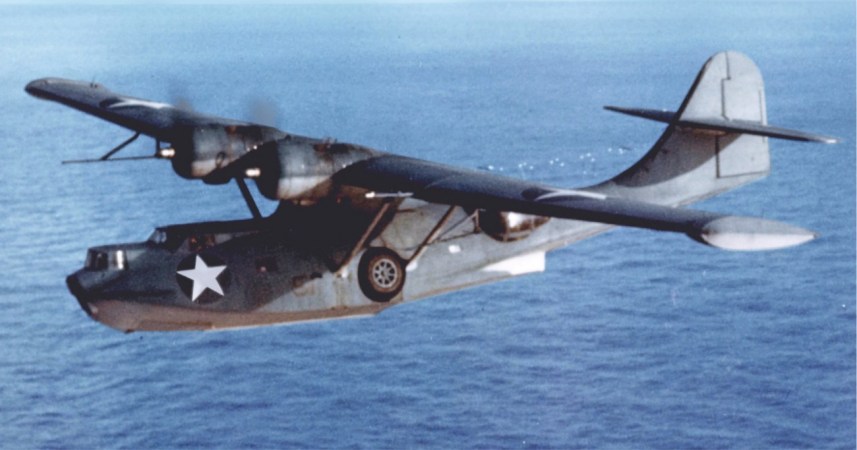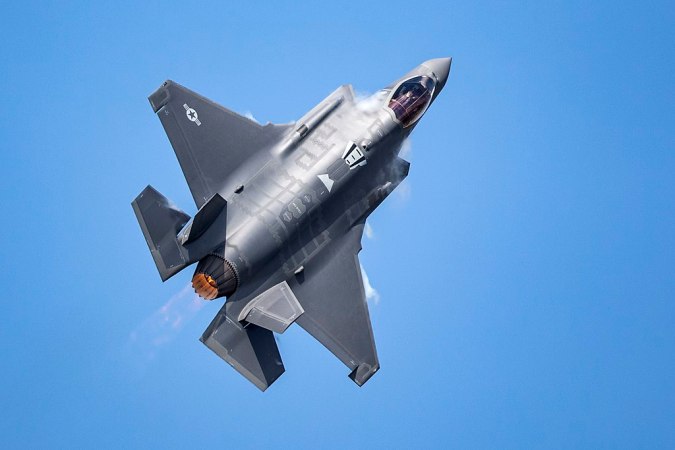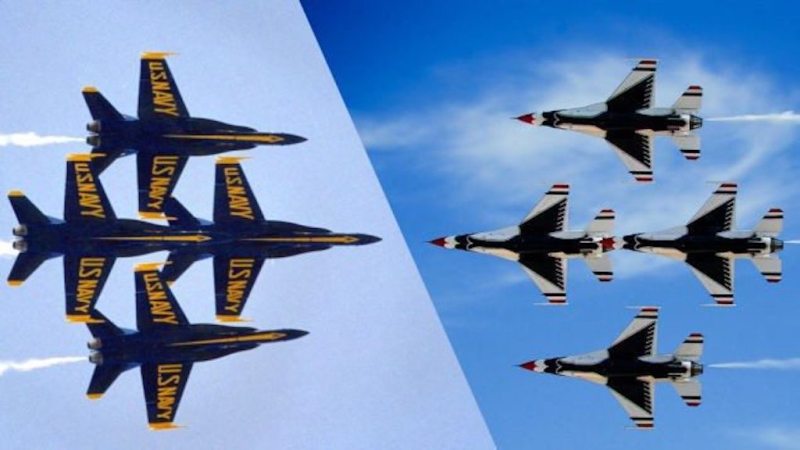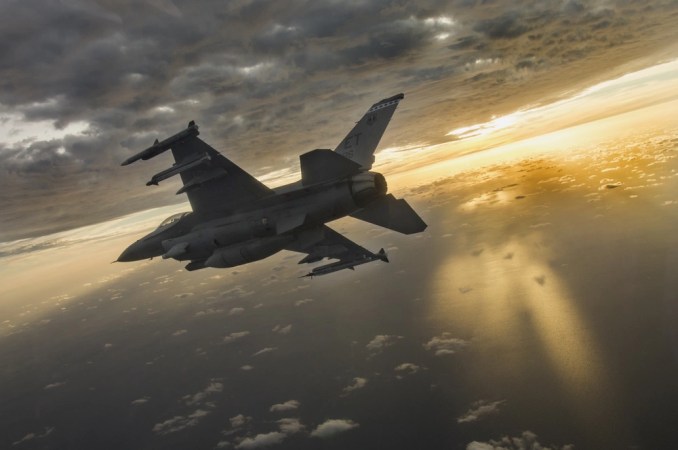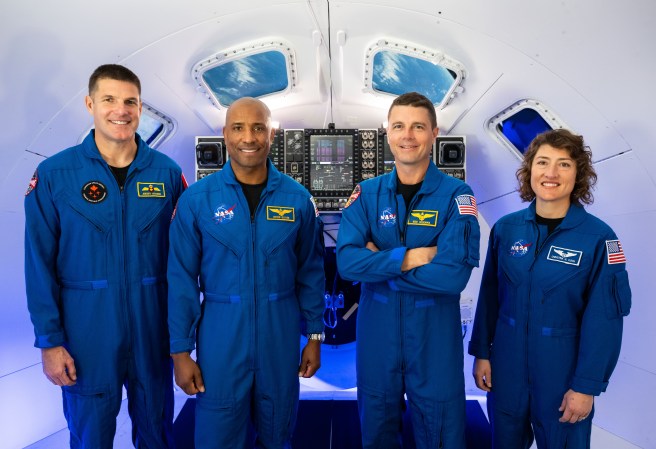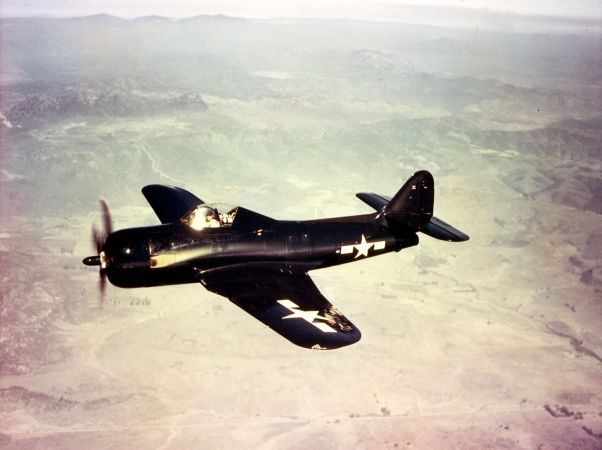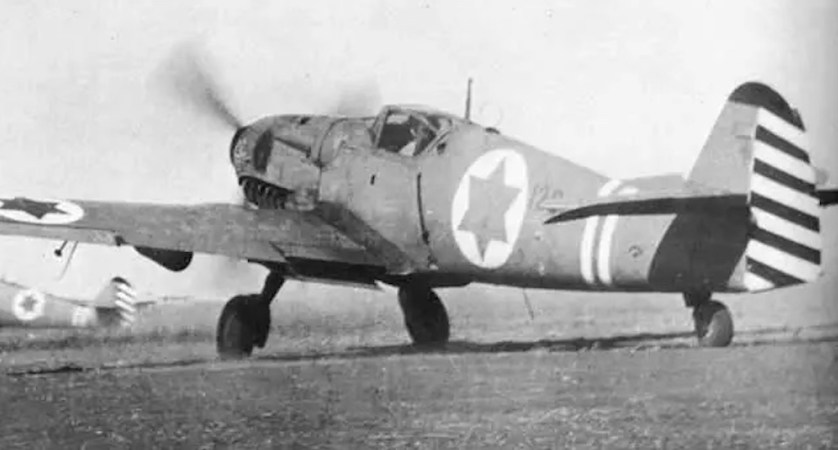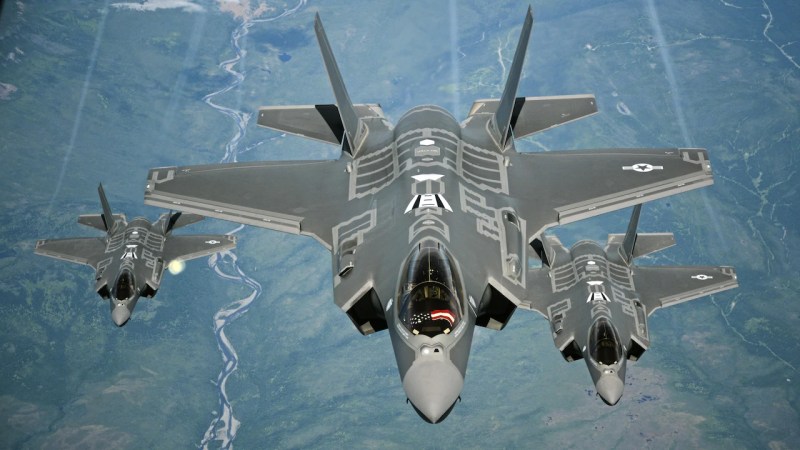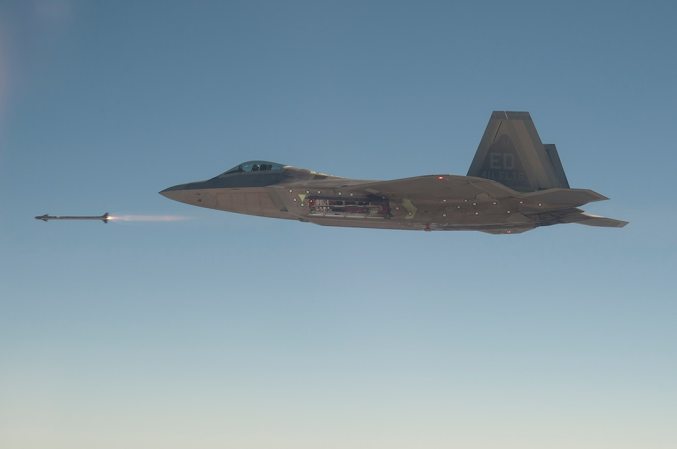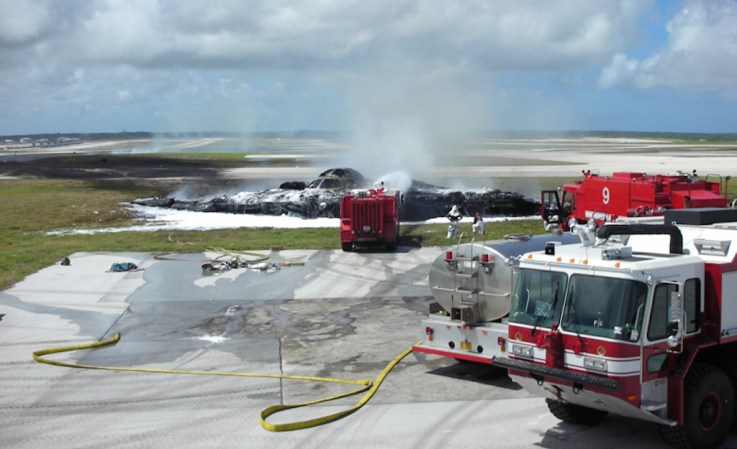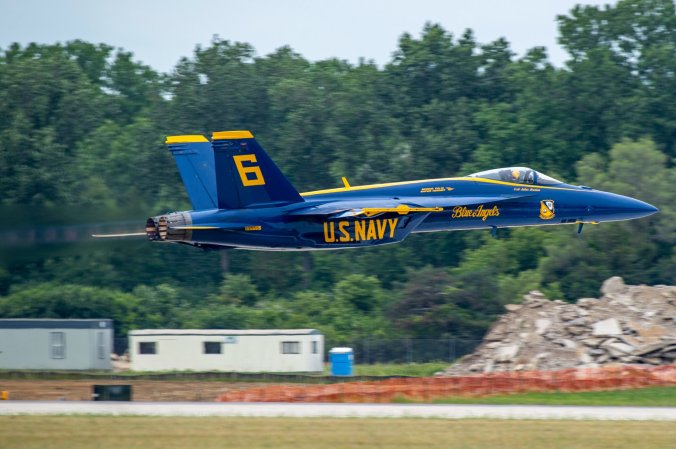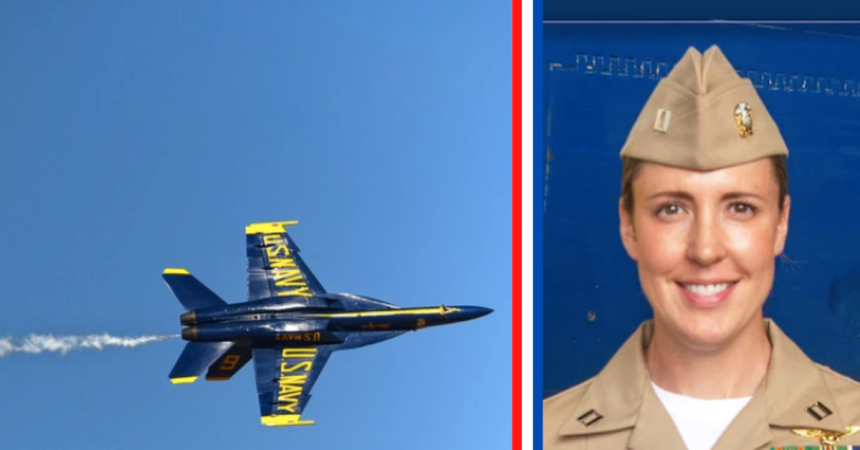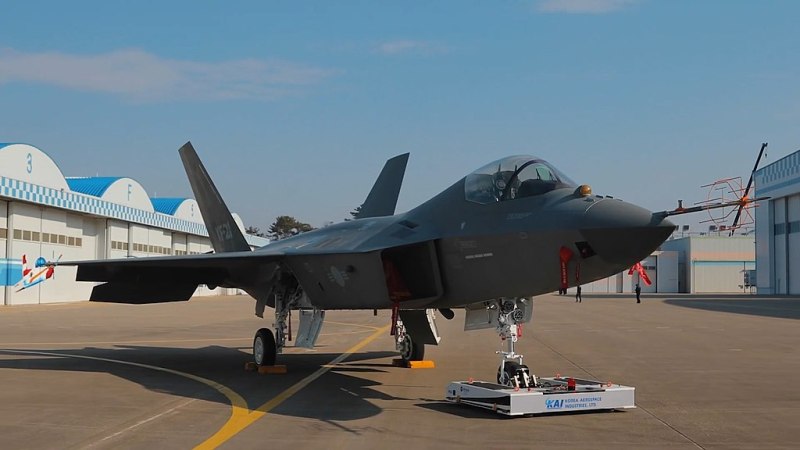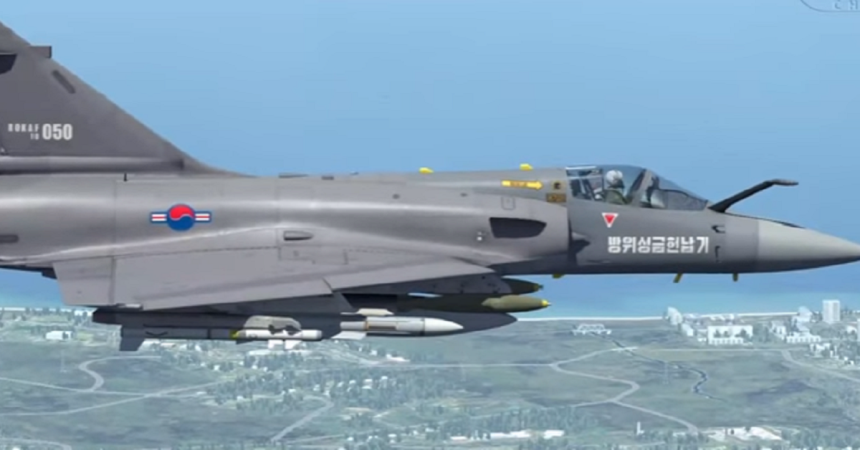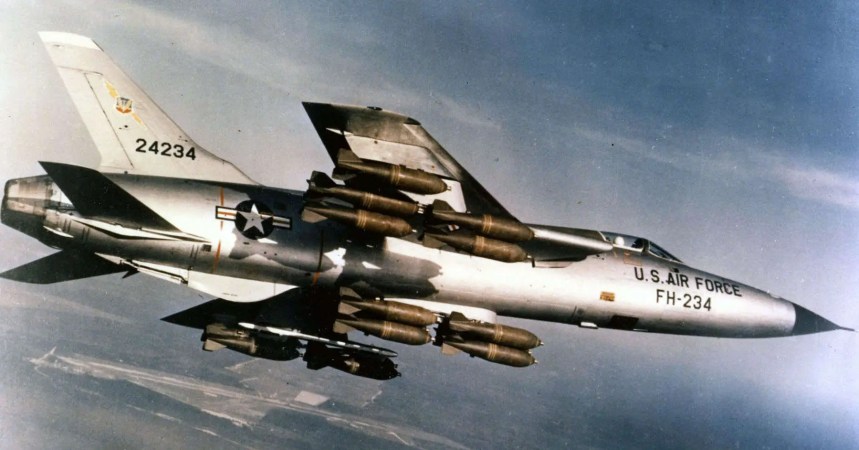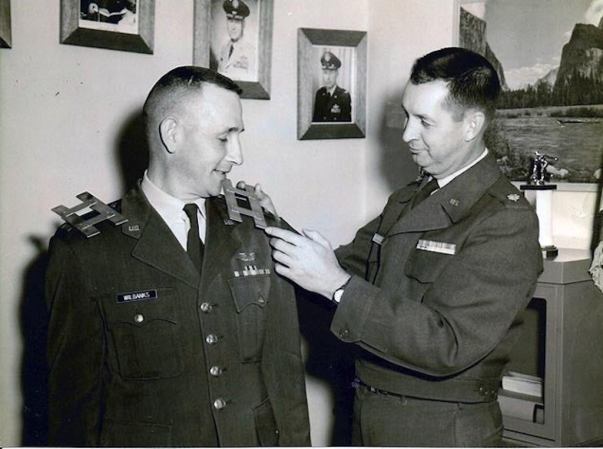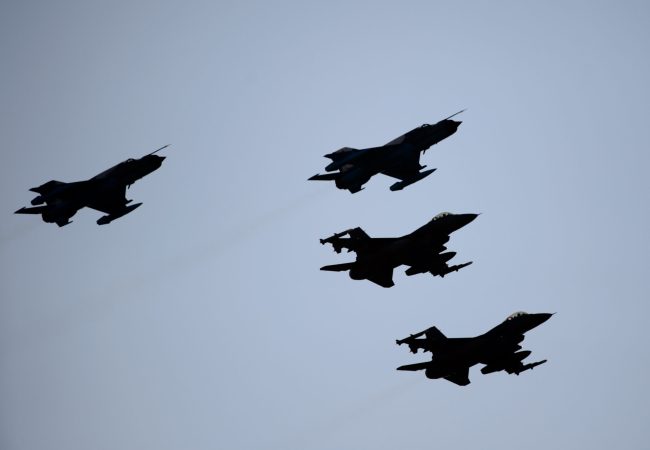It’s hard to know which scenario is more bizarre: NASA having fighter pilots, NASA bullying naval aviators, or the Navy actually admitting to being bullied by those fighter pilots so they’d stop. All three really happened – and it started when the Navy wanted to replace its vaunted F-8 Crusader air superiority fighter.
Vought’s award-winning F-8 Crusader was one of the longest-serving airframes in American military history, so replacing it was going to be tough for anyone who tried. It was the last fighter to use mounted guns as a primary weapon, it had a top speed of Mach 1.8, and it claimed the best kill ratio of any American aircraft during the Vietnam War.
Two competitors were vying to give the Navy its carrier-based fighter. The first was McDonnell Douglas’ F-4 Phantom II (which would ultimately become the fighter for the Navy, Marine Corps, and Air Force), and Vought’s XF-8U Crusader III. It was a difficult but important choice to make. One of these would become the plane that would intercept incoming Soviet bombers before they reached Navy fleets.
A lot has been said and written about the F-4 Phantom II, which would serve not only in Vietnam but also through Desert Storm. A lot less has been written about the Crusader III, which was actually the heavy favorite to replace the original F-8 Crusader. The new XF8U-3 was larger and more powerful, some would even say the best supersonic fighter ever made.
It was appreciably faster than the F-4 Phantom II, and featured excellent maneuverability, acceleration, and stability. It was, in many ways, superior to the Phantom, but was ultimately not selected for a few important reasons. The first is that it tended to go into a compressor stall at high Mach speeds. It also had a long takeoff time without an afterburner, and it could only carry three Sparrow missiles (missiles were the primary weapons of fighters), instead of the requisite four.

Vought argued that, despite these drawbacks, the new Crusader was smaller and lighter than the F-4 and would be easier for pilots to transition from the old Crusader to the new one. The Navy authorized five prototypes of the Crusader III in 1955, and by 1958, it was ready for a demonstration flight.
In practice, the pilot of the Crusader III was a lone-seater, which meant he had to keep flying the plane while painting a target for its Sparrow missiles, which proved to be a difficult task for many. Meanwhile, the F-4 had a pilot and a Radar Intercept Officer for using the radar system. Adding in the fact that the F-4 would be capable of hitting targets on the ground while the Crusader was an air superiority fighter only and the choice became clear.
In December 1958, the Navy announced the selection of the Phantom as its next carrier-based fighter, for better or for worse. Many veteran pilots of the U.S. military are happy to share their thoughts about the Phantom – good and bad alike – if you ask them.
The five Crusader III aircraft were sent to NASA because of its ability to fly above 95% of the earth’s atmosphere. They were converted to research planes.
In his 1990 book “MiG Master,” author Barrett Tillman writes that the Crusader III got the last laugh against the Navy and its F-4 Phantoms in the skies above Naval Air Station Patuxent River. NASA pilots started intercepting Navy F-4s and embarrassing them in mock dogfights, causing the Navy to complain to military top brass. The Pentagon had to request that NASA stop the harassment officially.


